Description
The Silent Guardians: Understanding Anti-Wear Additives and Their Role in Lubrication
In the intricate world of machinery, friction is a relentless enemy. It leads to energy loss, heat generation, and, most importantly, wear, ultimately shortening the lifespan of critical components. While lubricants play a crucial role in reducing friction, they aren’t always enough to completely eliminate wear, particularly under extreme conditions. This is where anti-wear additives step in, acting as silent guardians, protecting surfaces from the damaging effects of friction.
What Are Anti-Wear Additives?
Anti-wear additives are chemical compounds that are added to lubricants to reduce wear between moving surfaces, especially under boundary lubrication conditions. These conditions occur when the oil film is too thin or nonexistent due to high loads, low speeds, or high temperatures, leading to direct contact between the surfaces. Unlike extreme pressure (EP) additives, which are activated at very high temperatures and pressures, anti-wear additives function at lower, more common operating conditions.
How They Work: A Microscopic Shield
The primary mechanism by which anti-wear additives work involves the formation of a thin, protective film on the metal surfaces. This film, typically only a few molecules thick, acts as a sacrificial layer that preferentially wears away, protecting the underlying metal from significant damage.
Here’s a simplified breakdown of the process:
- Adsorption: The anti-wear additive molecules are attracted to and adsorb onto the metal surface.
- Chemical Reaction: Under the heat and pressure generated by friction, the additive reacts chemically with the metal surface.
- Film Formation: This reaction forms a thin tribochemical film composed of metal compounds (like phosphates, sulfides, or chlorides, depending on the additive).
- Reduced Friction and Wear: This film has a lower shear strength than the underlying metal, allowing it to shear more easily, reducing friction and protecting the bulk material from wear.
Common Types of Anti-Wear Additives:
Several types of anti-wear additives are commonly used in various lubricant formulations, each with its own strengths and weaknesses:
- Zinc Dialkyldithiophosphates (ZDDPs): One of the most widely used anti-wear additives, ZDDPs offer excellent performance and antioxidant properties. They react with the metal surface to form a protective phosphate-based film. However, ZDDPs have been linked to catalytic converter degradation, leading to research into alternative solutions.
- Metal Dialkyldithiocarbamates (DTCs): Similar to ZDDPs, DTCs form protective films that reduce wear. They are often used in conjunction with ZDDPs to enhance performance or as a replacement in formulations where ZDDP levels need to be reduced.
- Organic Phosphates: These additives offer good anti-wear properties while being less harmful to catalytic converters compared to ZDDPs. Examples include triaryl phosphates and tricresyl phosphates (TCP).
- Sulfur-Phosphorus Additives: This class combines the anti-wear properties of both sulfur and phosphorus compounds, providing a robust solution for demanding applications.
- Boron-Based Additives: These additives are gaining popularity due to their environmentally friendly nature and their ability to form protective borate films on metal surfaces.
Applications Across Industries:
Anti-wear additives are essential components in lubricants used across a wide range of industries and applications, including:
- Automotive: Engine oils, transmission fluids, and gear oils rely on anti-wear additives to protect critical engine components and driveline parts.
- Industrial: Hydraulic fluids, industrial gear oils, and bearing lubricants incorporate anti-wear additives to ensure the longevity and reliability of machinery in manufacturing, construction, and other industrial settings.
- Aerospace: Specialized lubricants with anti-wear additives are used in aircraft engines and other aviation components where extreme conditions demand high performance.
The Future of Anti-Wear Additives:
As technology advances and environmental regulations become stricter, the development of new and improved anti-wear additives is crucial. Ongoing research focuses on:
- Developing environmentally friendly alternatives to ZDDPs: Focusing on phosphorus-free or low-phosphorus additives that minimize harm to catalytic converters and the environment.
- Creating additives that function effectively in modern engines: Addressing the specific needs of newer engine designs, such as those with direct injection and start-stop technology.
- Improving the durability and performance of tribochemical films: Researching new materials and formulations to create more robust and long-lasting protective layers.
Conclusion:
Anti-wear additives are vital components in modern lubricants, playing a crucial role in extending the life and improving the performance of machinery across various industries. By forming a microscopic protective layer on surfaces, these silent guardians mitigate the damaging effects of friction and wear, ensuring the reliable operation of critical components. As technology evolves, continued innovation in anti-wear additive technology will be essential to meet the demands of increasingly complex and demanding applications.

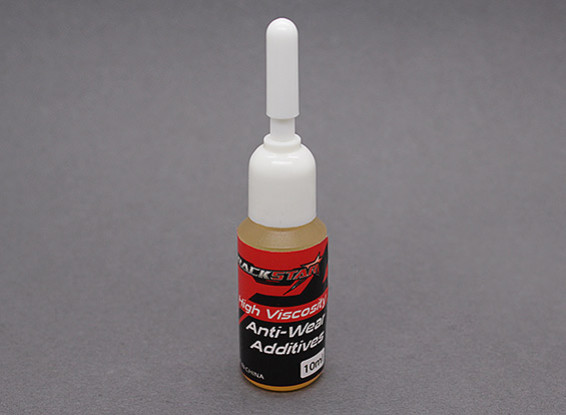
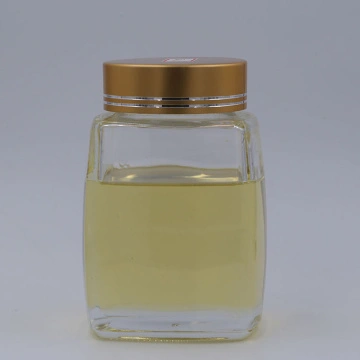
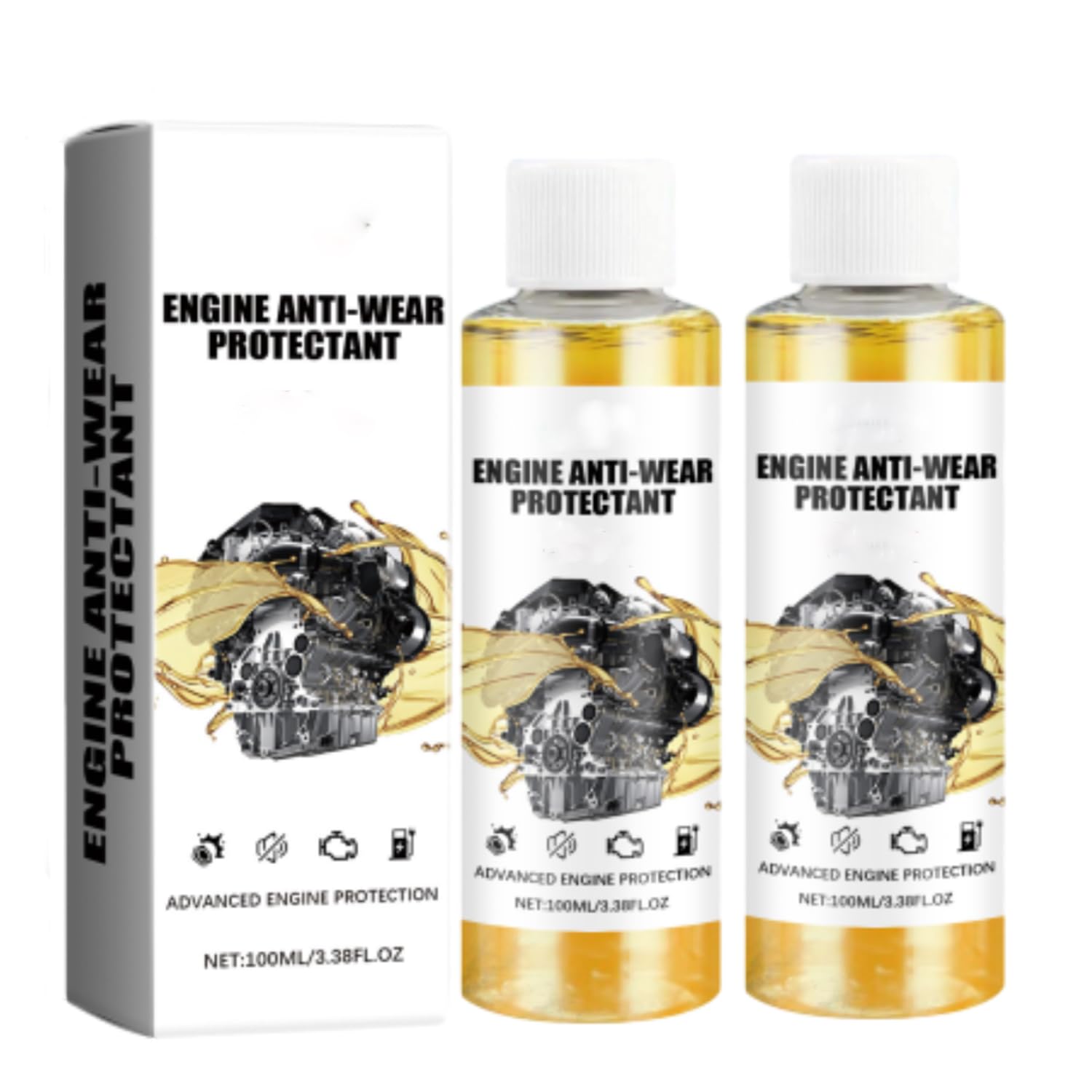
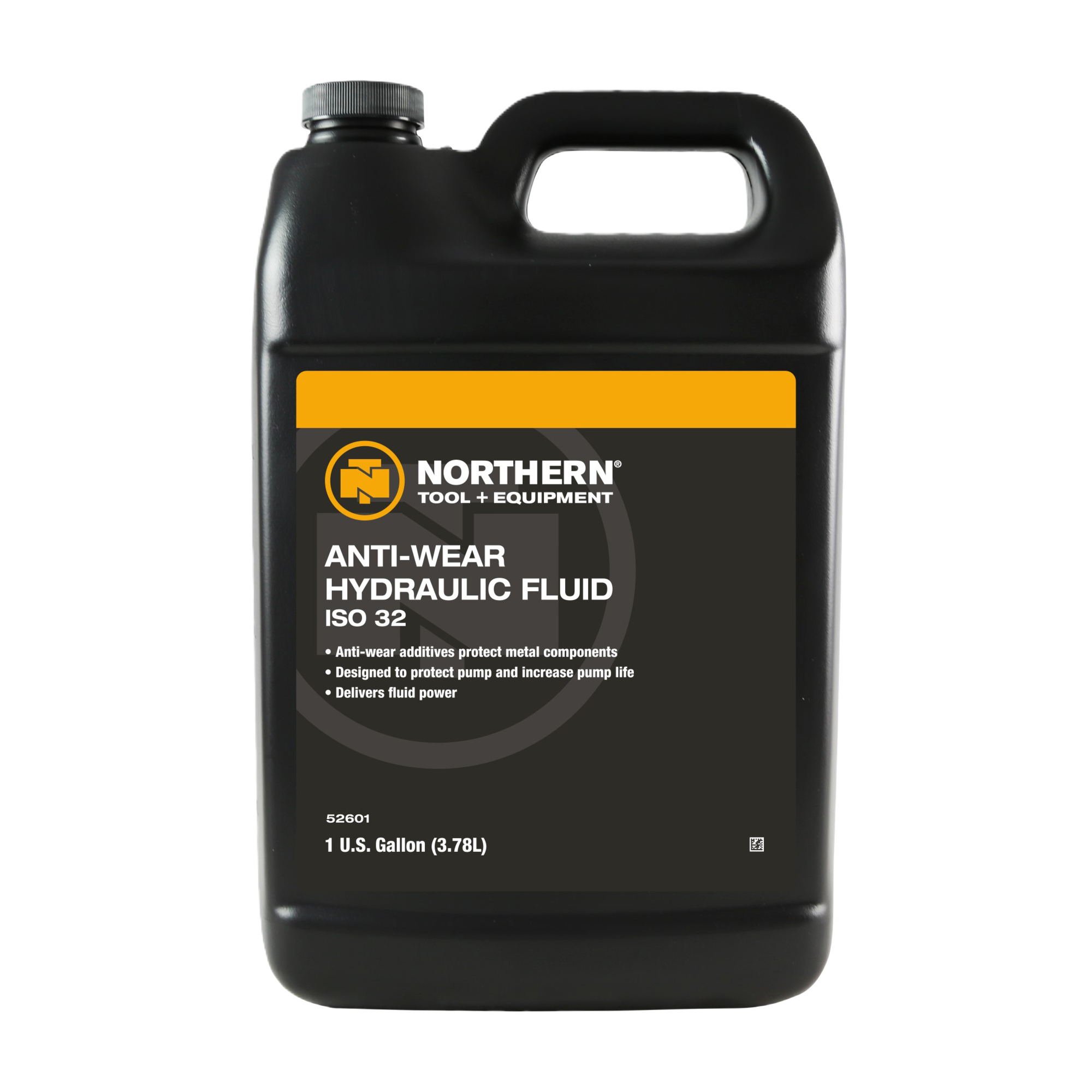
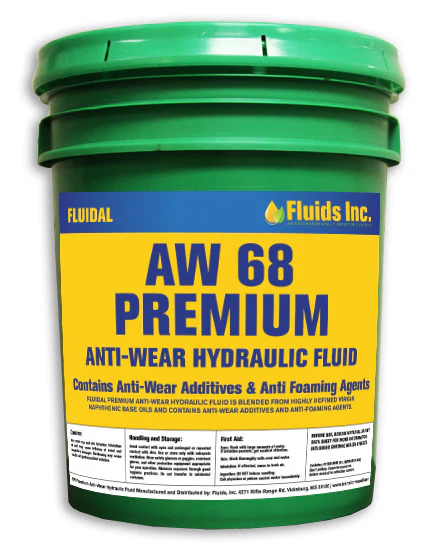
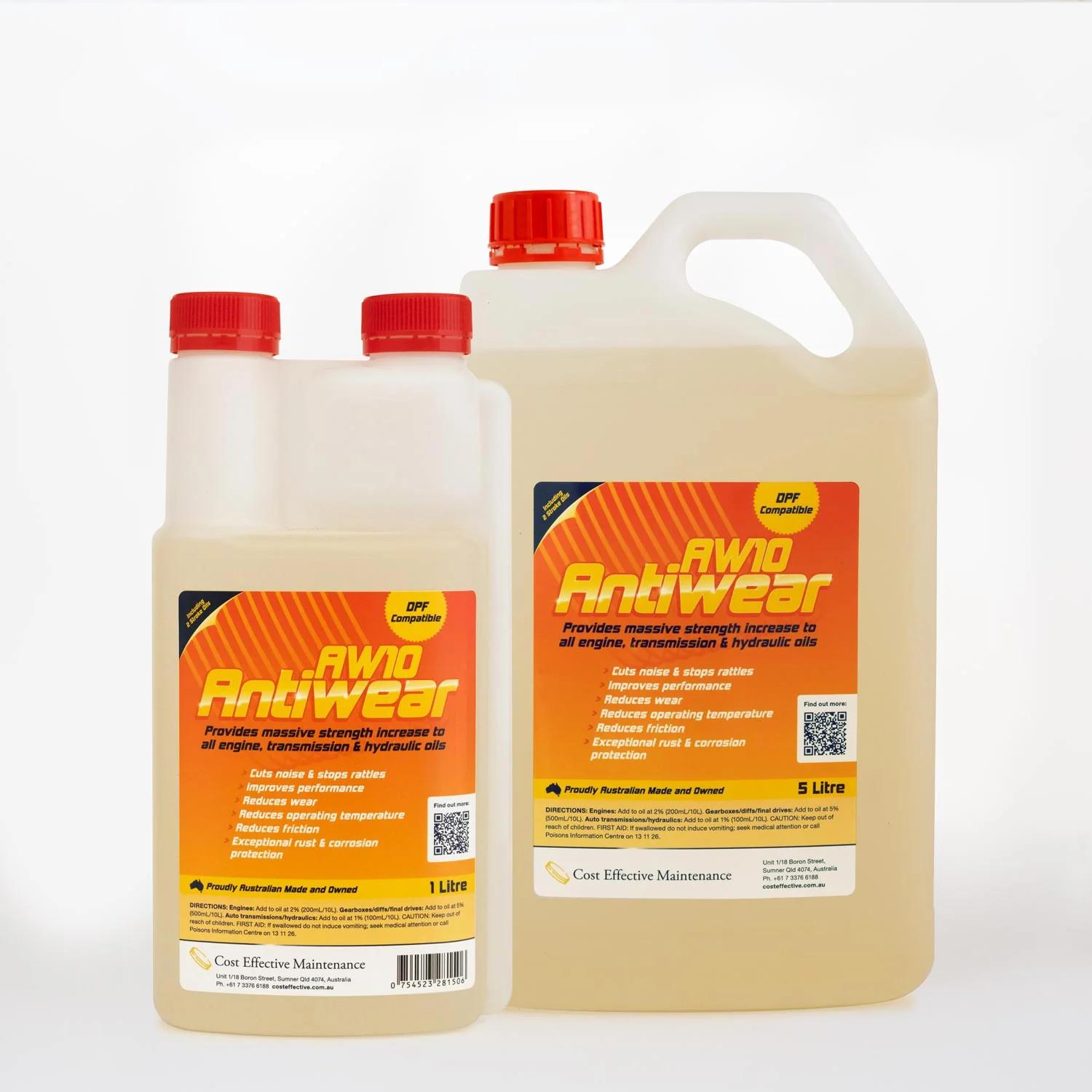

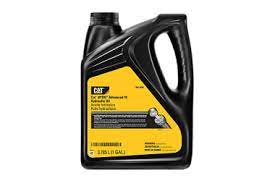

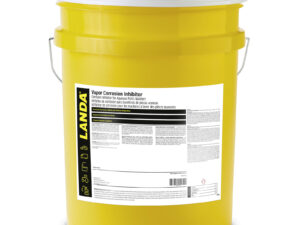
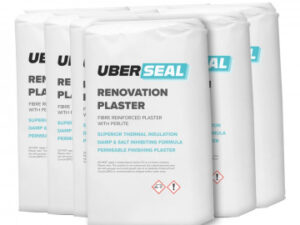
Reviews
There are no reviews yet.